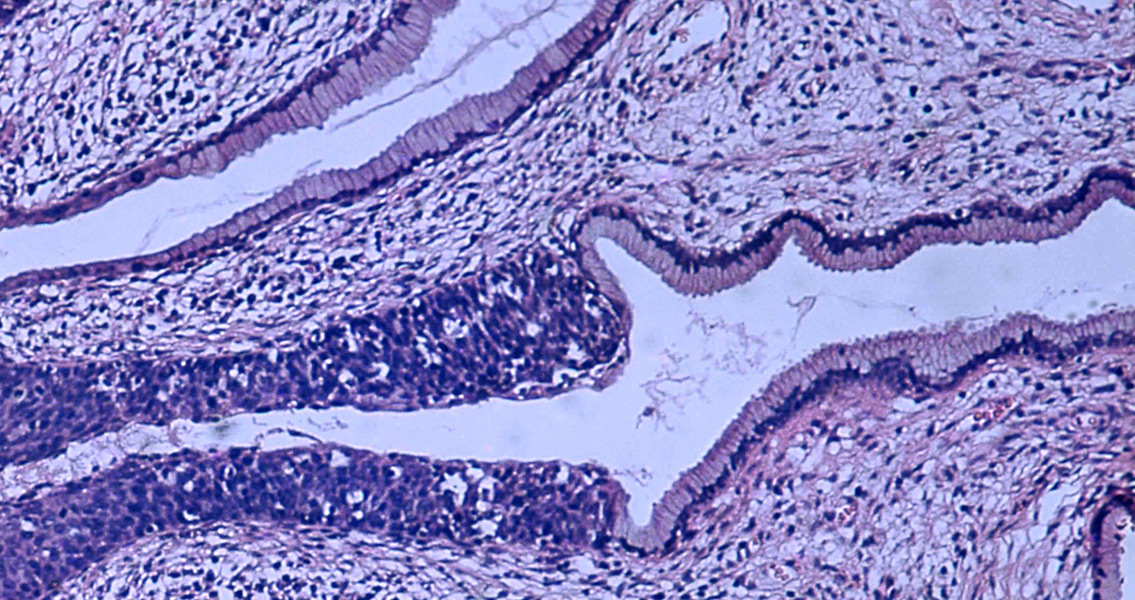<![CDATA[New research into the spread of the human papillomavirus (HPV) has suggested new emergence patterns of the sexually-transmitted infection dating back to prehistoric times. With the prevalence of Neanderthal DNA in the genome of modern humans – in some cases making up to as much as 5 percent of our genetic material – it’s a foregone conclusion that interbreeding occurred between us and our closest evolutionary cousins before their untimely demise. However, HPVs are just as prevalent –if not more – with nearly everyone on the planet hosting a few strains of the virus. Now, research into HPV16, the strain most at fault when it comes to the development of several types of oral and cervical cancer, has drawn some fascinating links when it comes to viral development and human evolution. Scientists Ignacio Bravo and Ville Pimenoff, from the French National Center for Scientific Research and the Catalan Institute of Oncology respectively, say that they have gathered evidence of a co-divergence of HPV16 along evolutionary lines – and that modern humans came into contact with it again when they began living side-by-side with Neanderthals. According to a press release from Oxford University Press, a new research paper by the two scientists has reconstructed the timing and ancestry of HPV16’s family tree in compelling new detail. During the evolution of the virus several variants co-diverged, with HPV16 A staying in archaic human populations and HPV16 B/C/D infecting modern humans. However, the modern human diaspora from Africa led our ancestors into contact with pre-existing evolutionary cousins such as Denisovans and Neanderthals – and when this contact became intimate, HPV 16 A was re-introduced into the human population. This new theory has the potential to put to rest unresolved issues concerning differences in human diversity and HPV16 diversity along geographical lines. HPV16 A is the most common variant in the entire world except for Sub-Saharan Africa where it is largely absent, despite the high level of human diversity on the continent; meanwhile HP16 is at its most diverse in Eastern Asia. The history of humans, said Bravo, is also the history of the viral infections that we carry with us – and those that we inherit. Oncogenic viruses like HPV are very old, the scientist added, remarking that the new research makes the suggestion that some of these highly aggressive viruses were passed to modern humans from our archaic relatives through sexual contact. The research also proposes a mechanism behind the majority of humans that are exposed to HPVs but do not develop cancer. One reason, the scientists suggest, could be how much archaic ancestry an individual may have, which could alter how susceptible a particular individual is to HPV infections. While there is no trace of HPVs in ancient remains such as the bones of Denisovans or Neanderthals, as HPVs do not infect bone tissue, the two scientists have plans to search for and then measure HPV sequences in viable samples of ancient skin in order to further explore their hypothesis. ]]>
Prehistoric Sex: The Spread of DNA – and Sexually-Transmitted Infections
